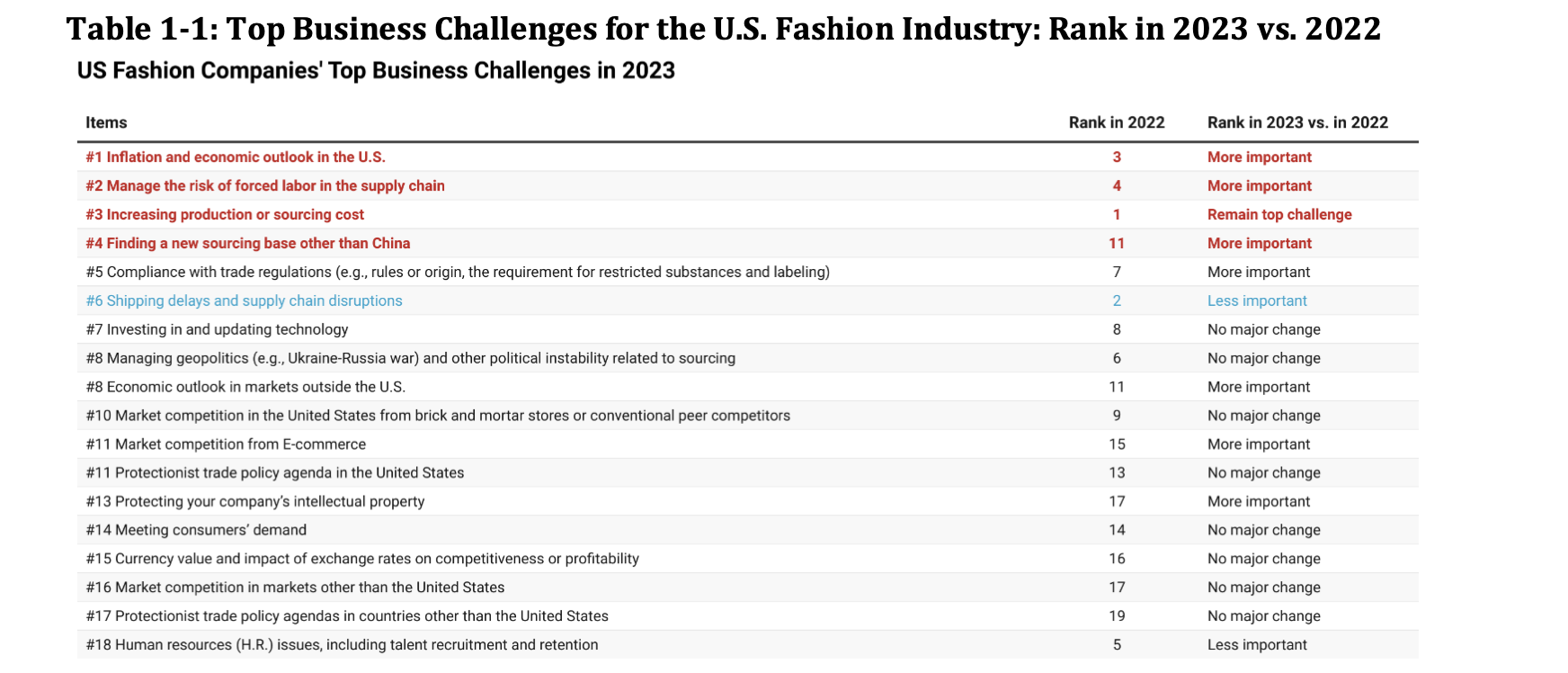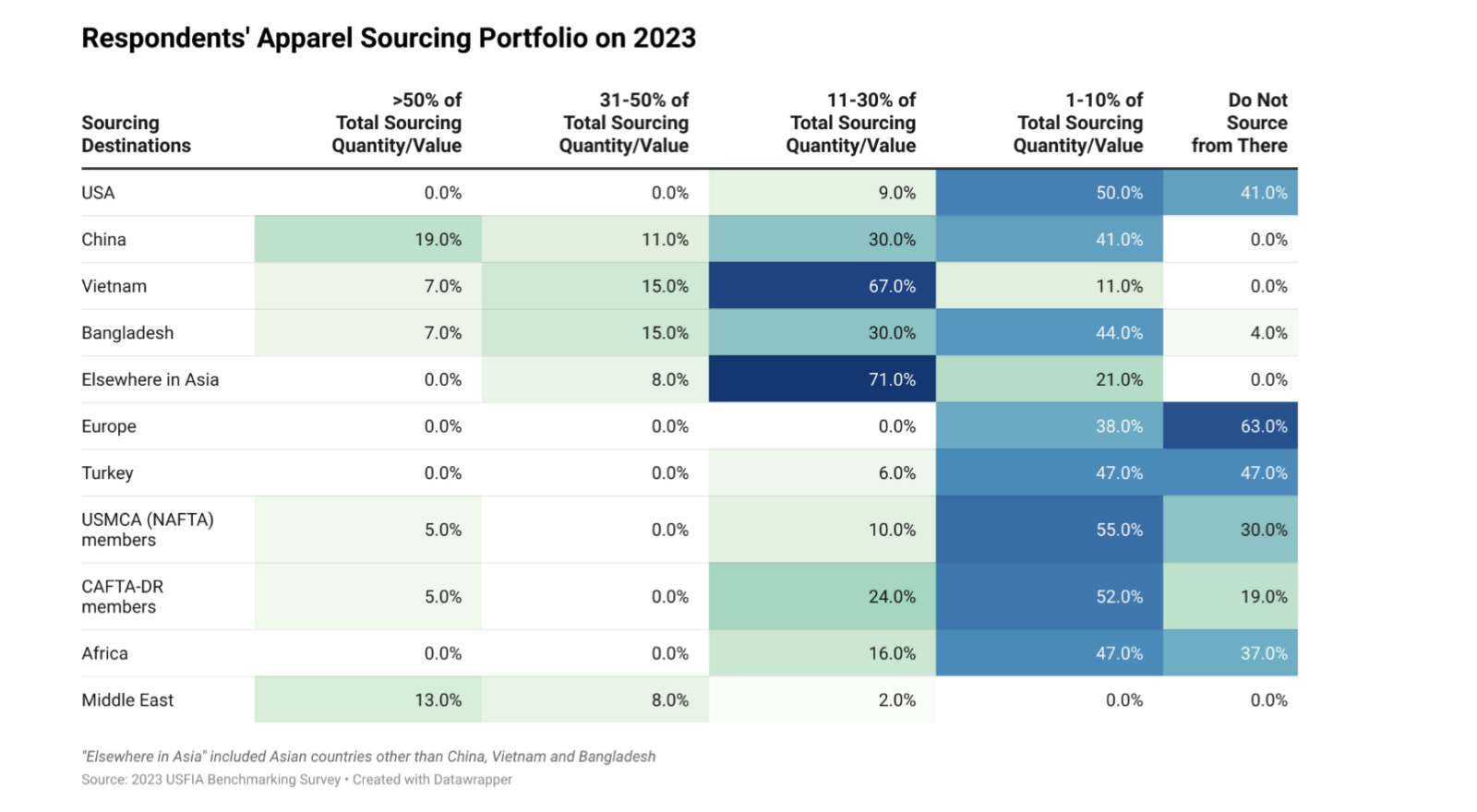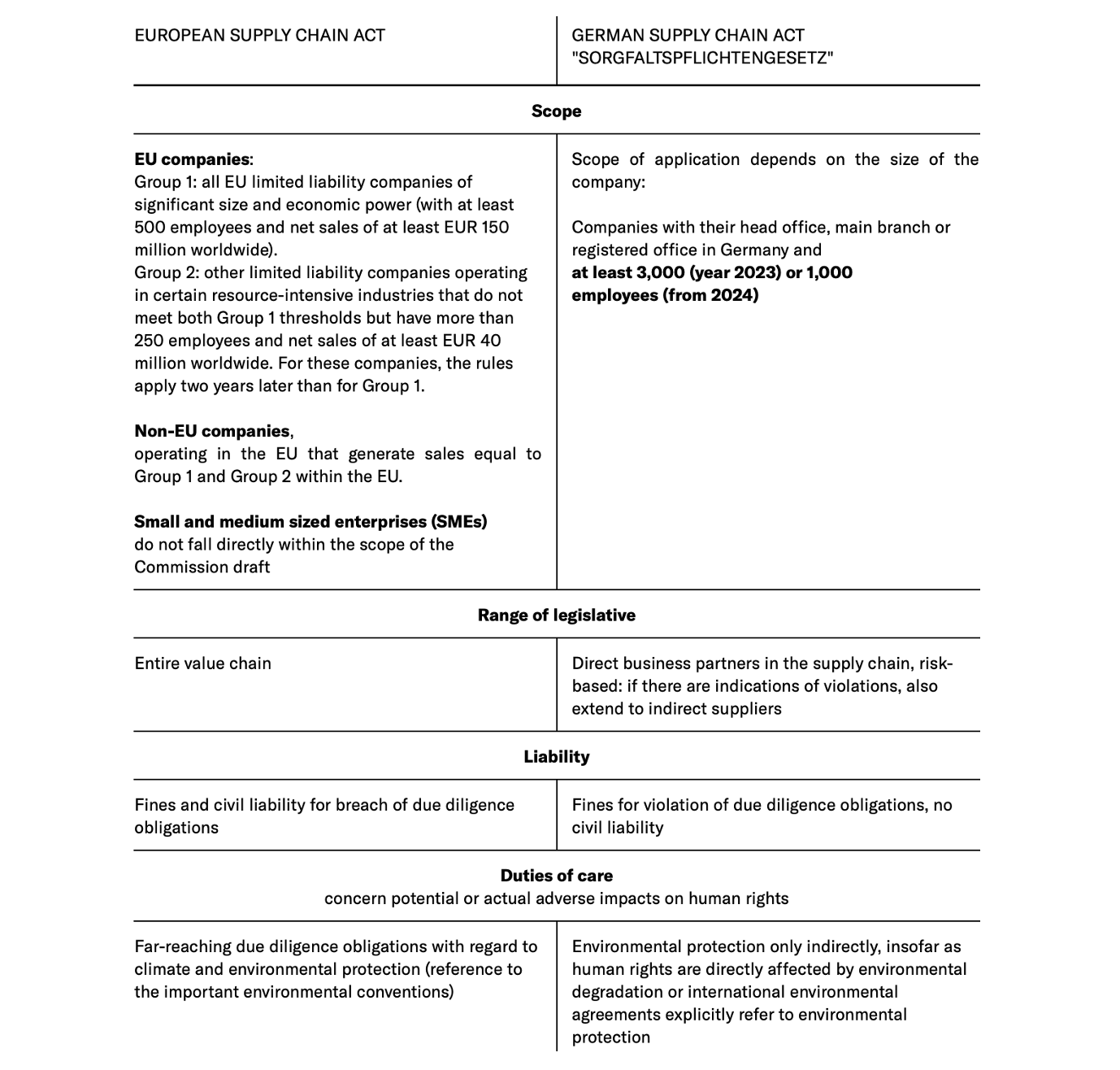This week, Canada’s corporate ethics watchdog announced that it is investigating Ralph Lauren’s Canada unit in connection with allegations that the fashion company’s supply chain and operations have used – or benefitted from – forced labor involving Uyghurs in China. In a report on Tuesday, Canadian Ombudsperson for Responsible Enterprise (“CORE”) Sheri Meyerhoffer cited two of Ralph Lauren’s textile suppliers that have been accused by researchers of “purchasing Xinjiang cotton through intermediaries or co-operating in the transfer of workers subject to forced labor.”
The pending probe is the latest in a string of supply chain issues tied to textiles coming from the Xinjiang region in China. As recently as last month, CORE reported that it was investigating claims of forced labor involving Nike Canada Corp. Other companies – including Uniqlo, Zara’s parent company Inditex, Skechers USA Inc. and French apparel group SMCP, the owner of the Sandro and Maje labels – have also been accused of potentially sourcing products from supply chains that involve Uyghur labor.
Beyond China: Companies’ supply chain qualms are not limited to alleged ties to forced labor in China – and in fact, if H&M is any indication, efforts by brands to break away from China will not absolve them of issues. The Swedish fast fashion giant revealed this week that it has been investigating 20 alleged instances of labor abuse – including wage theft and forced overtime – at garment factories in Myanmar and will no longer work with suppliers in the country. “After careful consideration, we have now taken the decision to gradually phase out our operations in Myanmar,” H&M told Reuters on Thursday. H&M’s announcement comes amid a largescale move by companies – like Inditex, Primark, and Marks & Spencer, among others – who say that they are cutting off suppliers in Myanmar due to labor concerns.

The Bigger Picture: Companies are engaging in an enduring effort to diversify their supply chains, and specifically, cut way back on their reliance on China due to “growing diplomatic uncertainty and concerns about forced labor,” a July 2023 survey by the US Fashion Industry Association reveals. Activity here is, of course, not limited to fashion entities or to manufacturing in China and Myanmar, as companies across industries face both greater scrutiny from regulators and legislators, and increased calls for transparency from consumers in connection with their often-complex supply chains.

On the legislative front, the European Union, for example, will soon require thousands of large companies to actively identify and reduce human rights abuses and ESG issues in their supply chains, including direct and indirect suppliers and their own operations. And although the European Supply Chain Act is an EU law, it will also cover foreign businesses – including ones in the U.S. – that have operations in the region. Companies with 250 or more employees and an annual turnover of more than €40 million worldwide will be subject to the law, with transition periods of up to 5 years depending on the size of the company.
Some key points from the EU Supply Chain Act require that companies: (1) Identify actual or potential negative impacts on human rights and the environment. Then take appropriate measures to prevent, mitigate and remedy them. (For high-risk industries, this should only apply to serious human rights and environmental violations within the respective industry); (2) Due diligence must be integrated into company policies and management systems; (3) Companies must establish a procedure for complaints and ensure everyone along the supply chain can access it; (4) Transparent and public information on the fulfilment of a company’s due diligence obligations must be provided, including an annual report; (5) Companies are obliged to control and monitor the effectiveness of these measures; (6) Companies with an annual turnover of more than €150 million must set out how they intend to contribute to the emission reduction targets of the Paris Climate Agreement through a transformation plan; and (7) Supervisory and administrative boards are also required to pay attention to compliance and due diligence obligations and to obtain appropriate information from management.
While the EU and companies operating within it are no strangers to supply chain-specific laws, thanks, in part, to the passage of the Supply Chain Duty Act in Germany in 2021, the new EU-wide law goes further in that it: (1) pulls in a larger number of companies; (2) requires more rigorous supply chain oversight; and (3) may entail civil liability for companies’ managing directors. Some of the key differences courtesy of Rödl & Partner …

The Tech + Funding Angles: Rising regulatory demands – and risks of PR fall out – tied to companies’ supply chains is making room for tech to take over. In light of rising regulation, inventors are rushing to make advancements to enable companies to gain greater supply chain-specific insights. Data compiled by GlobalData suggests that “technology and science-based companies are eager to innovate within the apparel supply chain sector,” with sustainability and supply chains being a central focus of a sizable number of patent filings in the U.S. this year. Beyond apparel, in particular, supply chain-centric patents also dominated the transport, infrastructure, and logistics industry in the first half of 2023 with “over 6,500 total [filings] touching on the theme, over 2,000 more than the next biggest theme, environment.”
Unsurprisingly, AI plays a role here, as well, with ArentFox Schiff partner Angela Santos recently noting that fashion companies “may need emerging AI supply chain technologies to comply with increasing international legal and consumer demands for supply chain transparency and to avoid costly import detentions, penalties, criminal violations, and reputational harm.” Things like real-time-alerting machine learning models and digital twins, for instance, are proving relevant here – although, the number of companies that have “successfully integrated [things like] digital twins into their supply chain preparedness are still in the minority,” according to BSI Director of Data Science and AI Craig Civil.
The use of supply chain digital twin, for example, which consists of detailed simulation models of actual supply chains that use real-time data and snapshots to forecast supply chain dynamics, “remains an emerging technology for many to explore, especially smaller organizations that may be worried about cost.”
And finally, the need for greater supply-chain visibility and management – and the corresponding digital overhaul that is coming with it – continues to be reflected in funding rounds. Some of the supply chain-specific funding rounds that closed this spring, include …
Pando, a startup developing AI fulfillment management technologies, raised $30 million in a Series B round in May, bringing its total funding to $45 million. The company’s platform consolidates supply chain data that resides in multiple silos within and outside of the enterprise, including data on customers, suppliers, logistics service providers, facilities, and product SKUs. IntegrityNext raised $109 million to build out its supply chain for ESG compliance platform. Overhaul raised $73 million for its supply chain security platform. Everstream raised $50 million to bolster its predictive supply chain insights platform. SesaMm raised $37 million; the company touts itself as a leading artificial intelligence company that provides solutions for corporations focused on supply chain and client reputational risk monitoring.